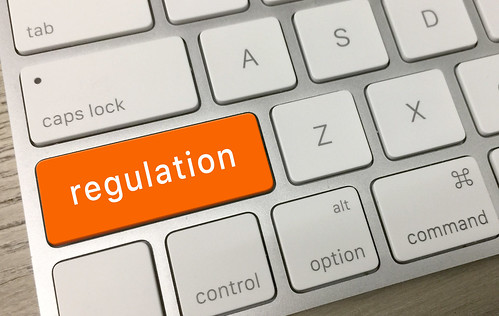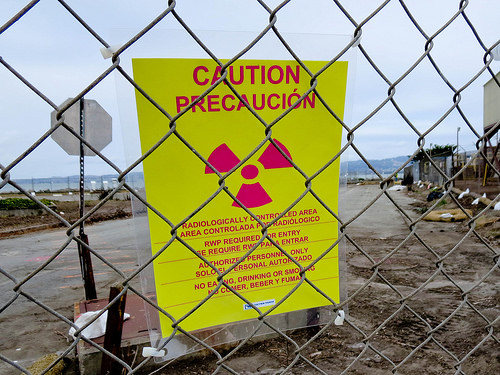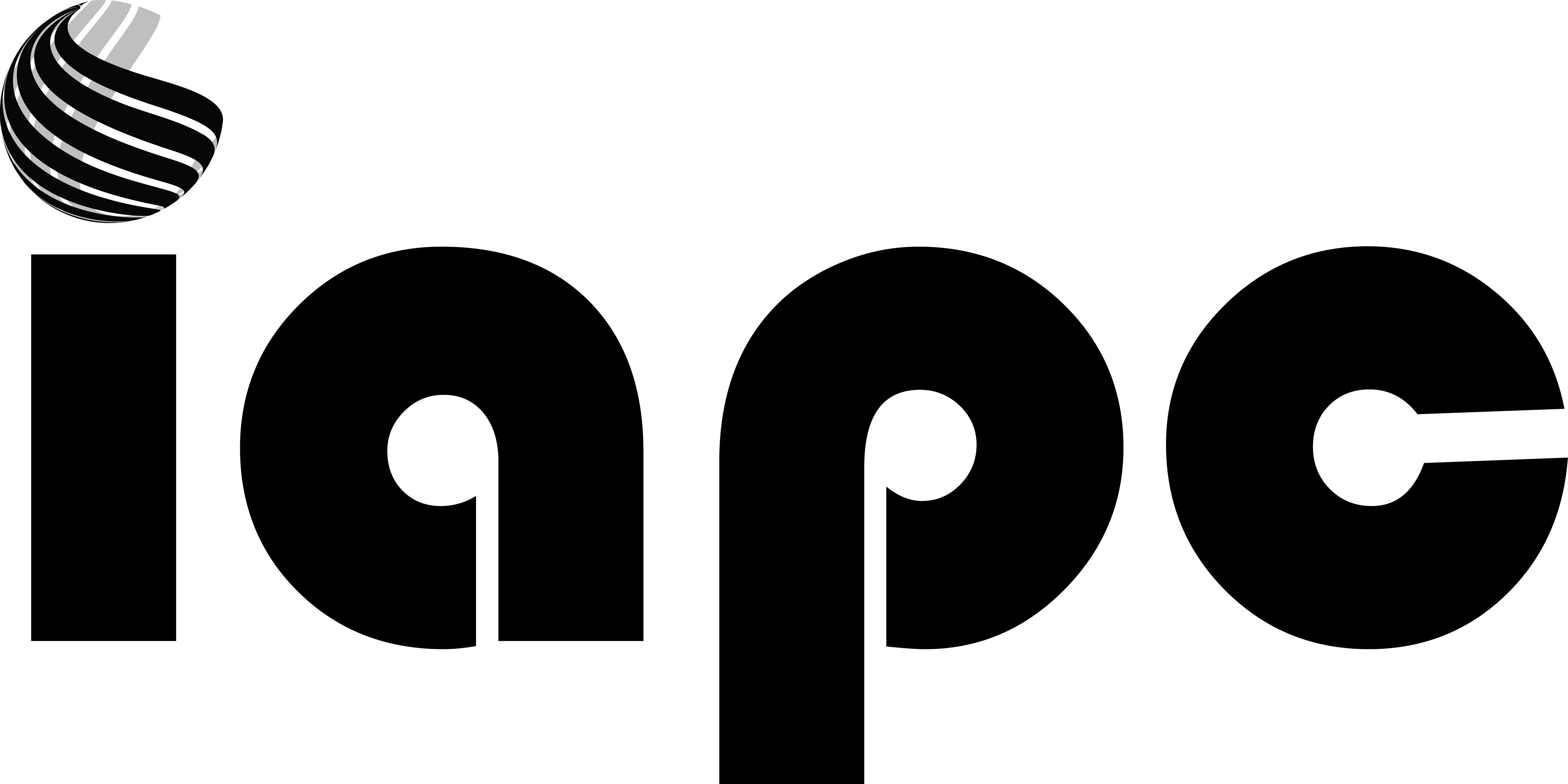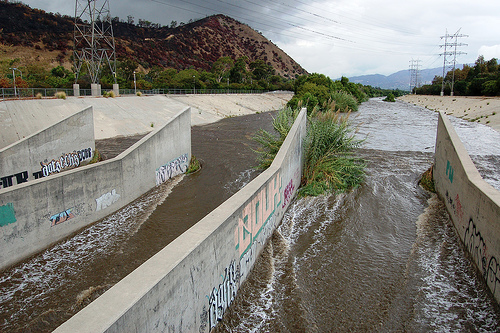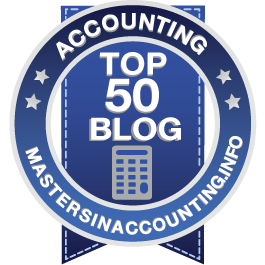Since assuming office, President Trump and his administration have generally sought to reduce and repeal formal federal regulations, and to tighten appointed agency heads’ direct control over their agencies’ regulatory actions. These efforts have included executive orders (EO) from the President providing government-wide mandates and priorities (For example, I wrote about EO 13777, “Reducing Regulation and Controlling Regulatory Costs”, here). They have also included formal regulatory proceedings, mostly directed toward reducing or revoking requirements adopted during President Obama’s tenure (for example, I wrote about the latest changes to national vehicle emission standards here). Individual agencies have followed and reinforced these efforts (For example, I wrote about the Environmental Protection Agency “Back to Basics” initiative here).
Read MoreAudit, Compliance and Risk Blog
Tags: Business & Legal, Audit Standards, Environmental, EHS
Latest Department of Justice Guidance for Evaluating Corporate Compliance Programs in Criminal Investigations
Posted by Jon Elliott on Tue, May 23, 2017
Earlier this year, the US Department of Justice (DOJ) Fraud Section issued additional enforcement guidelines to US Attorneys, entitled “Evaluation of Corporate Compliance Programs.” DOJ’s US Attorneys perform these evaluations to weigh whether and how severely an organization might be charged for illegal conduct by directors, officers, or other employees. But individuals may be committing crimes to further the organization’s goals (remember Volkswagen’s recent use of fraudulent means to defeat emission requirements), or for their own purposes despite organizational efforts. For readers in organizations that aren’t encouraging criminal behavior, these guidelines provide important guidance to the design (and implementation) of effective compliance programs.
Read MoreTags: Corporate Governance, Business & Legal, Accounting & Tax, Audit Standards, Environmental risks, Environmental, corporate social responsibility, directors, directors & officers
Every place on Earth has at least a little radioactivity. It is found in bodies, food (not just in industrially irradiated food), the ground, and in many consumer products. The sun and outer space are sources of radiation. Radioactive materials prevalent in nature, such as those present in soils and rock formations and in the water that comes into contact with them, are called naturally occurring radioactive materials, or NORM. NORM typically does not present a problem to human health or the environment, as the radiation levels are very small, and there is generally not an exposure pathway. However, NORM can become concentrated as the result of certain human activities that also expose people and the environment to radiation hazards. Over time, this collection of individual concentrations/exposures has come to be regarded as part of a single, larger, and more complex problem—radiation contamination—referred to as TENORM (tee-norm).
Tags: Audit Standards, Health & Safety, Environmental risks, Environmental, EHS
Hazardous Materials Commentary as Textbook for Professionals
Posted by Jon Elliott on Tue, Nov 17, 2015
 For more than 25 years, I’ve taught one of the core required courses in the Hazardous Materials Management Certificate program offered by University of California Santa Cruz Extension (UCSC-Ex). The program is intended to provide professionals with a solid foundation in the principles, regulations, and technologies required to manage hazardous materials and hazardous waste. In my course–the Regulatory Framework for Toxic and Hazardous Materials–I provide overviews of:
For more than 25 years, I’ve taught one of the core required courses in the Hazardous Materials Management Certificate program offered by University of California Santa Cruz Extension (UCSC-Ex). The program is intended to provide professionals with a solid foundation in the principles, regulations, and technologies required to manage hazardous materials and hazardous waste. In my course–the Regulatory Framework for Toxic and Hazardous Materials–I provide overviews of:
Tags: Audit Standards, Health & Safety, California Legislation, Training, Environmental risks, Environmental, EHS, Greenhouse Gas, ghg, Hazcom, mact
This information will be updated shortly
The collective experience of 54 environmental, health, and safety (EHS) audit directors and managers from some of the world’s leading multinational companies provides valuable insights for companies of all sizes and audit-maturity levels in guiding EHS auditing activities. With the goal of promoting continuous improvement in EHS auditing effectiveness and practices, AECOM’s International Audit Practicef Consortium (IAPC) has published its Seventh Biennial Environmental, Health, and Safety Audit Practices Survey Report--a 123-page report presenting the results, analysis, and lessons learned from its membership in critical EHS areas of: Audit Scope versus Depth; Auditor Independence, Competency, and Training; Compliance Point versus Control Failures; Audit Program Metrics and Evaluations; and Stakeholder Value.
Read MoreTags: International, Audit Standards, global
SEC Ponders Responsibilities For Board of Directors’ Audit Committees
Posted by Jon Elliott on Tue, Sep 15, 2015
Boards of directors are responsible for governing their corporations. Many boards divide their work among committees. Committees often include an “audit committee,” with responsibilities that may include:
Tags: Business & Legal, SEC, Accounting & Tax, Audit Standards
Management of chemicals by your organization raises a host of environmental health and safety (EH&S) issues. Some of those issues are represented by legal and regulatory compliance requirements, others by formal but non-binding programs that range from company policies to ISO certifications. In response, organizations adopt and implement a wide variety of EH&S programs, including very broad ones (e.g., compliance with the Hazard Communication Standard) as well as very narrow ones (e.g., programs for managing entry into Confined Spaces). Organizations with sufficient resources and the will to organize themselves will create systematic programs to evaluate EH&S issues to ensure they’re addressed, and to design and coordinate programs in ways that do so effectively and efficiently. (In 2013-2014 I prepared a series of e-books that outlined EH&S regulatory requirements triggered by chemicals - click here to download).
Tags: Audit Standards, Health & Safety, OSHA, Environmental risks, Environmental, EHS, Hazcom
Two and a half decades ago, I left my home in Austin, Texas, armed with a BS in Civil Engineering from the University of Texas at Austin with an emphasis in water resources and environmental pollution control, and moved out to Los Angeles, California. My job as a young engineer was to be part of the Los Angeles Department of Water and Powers (LADWP) Superfund Group, a team in charge of assessing and cleaning up four federal Superfund sites in the San Fernando Valley (SVF) of southern California. Having taken Environmental Engineering 101 (“dilution is NOT the solution to pollution”), as well as classes in waste and hazardous waste management, hydrogeology, and many others, I felt ready to tackle the Superfund world…but what was it really?
Tags: Business & Legal, Audit Standards, Environmental risks, Environmental, EPA
EPA Programs Showing Solid Reduction in Greenhouse Gas Emissions
Posted by Viola Funk on Mon, Mar 03, 2014
In December we saw in this space that a US Environmental Protection Agency inventory showed solid reductions in greenhouse gas (GHG) emissions in recent years. Now EPA has issued its annual Climate Protection Partnerships report, which contains more good news on the emissions front.
Tags: Audit Standards, Health & Safety, EPA, Greenhouse Gas, ghg, Oil & Gas, climate change
Tags: SEC, Accounting & Tax, Lease Accounting, Audit Standards, Accountants

